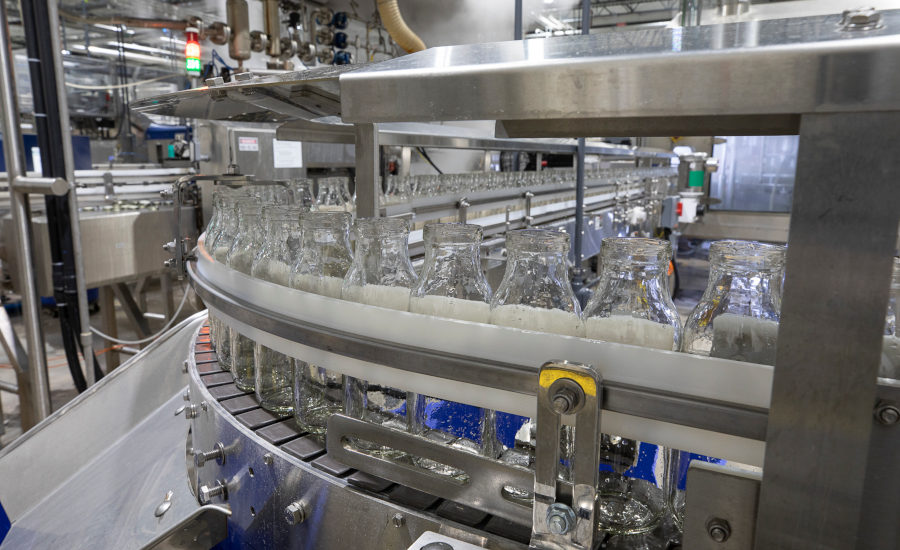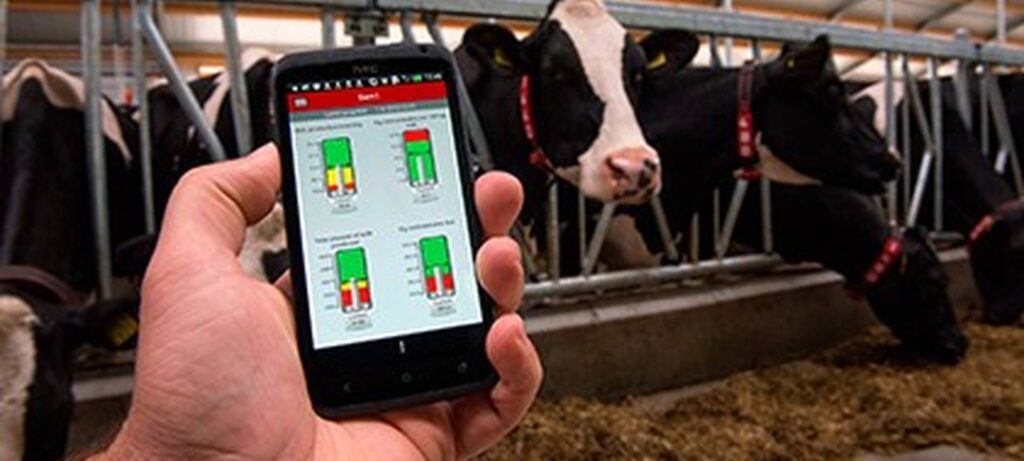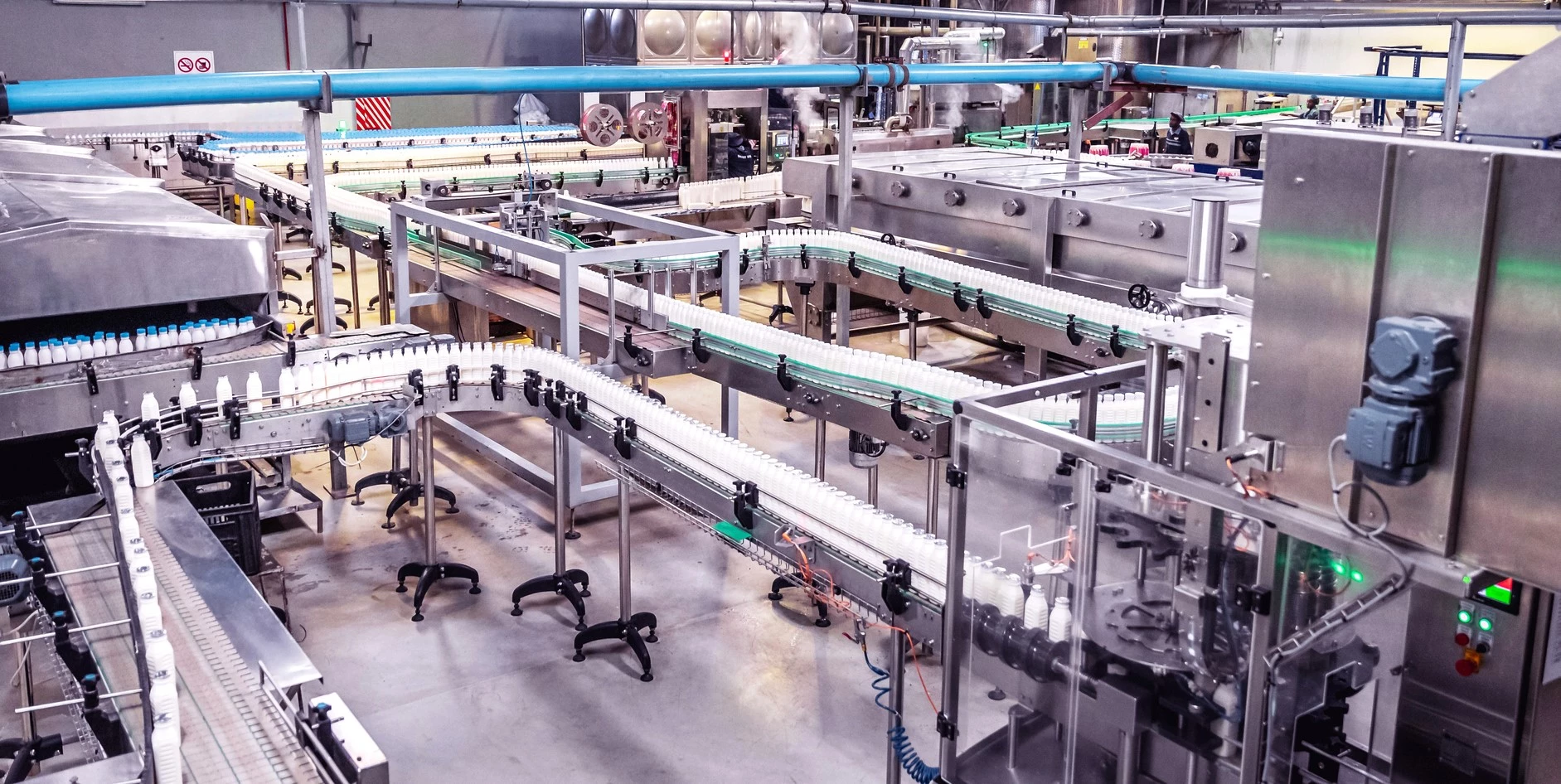In this article, we will discuss several strategies for modernizing dairy production that are both practical and effective. Our solutions aim to improve the efficiency of dairy operations while reducing their environmental footprint.
Reducing Greenhouse Gas Emissions
Dairy production is a significant contributor to greenhouse gas emissions, which is why reducing emissions is an essential part of modernizing dairy production. One effective method is to implement a biogas system that captures methane produced by cows and converts it into renewable energy. This system not only reduces emissions but also generates power for the farm and surrounding communities.
Another approach is to incorporate renewable energy sources, such as wind or solar power, into the dairy operation. These sources of energy can power the farm and reduce reliance on fossil fuels. Additionally, using energy-efficient equipment and improving the insulation of buildings can also reduce energy consumption and emissions.
Promoting Animal Welfare
Animal welfare is a crucial aspect of modernizing dairy production, and there are several ways to ensure that cows are treated with respect and dignity. One approach is to provide cows with comfortable living conditions, including clean and dry bedding, proper ventilation, and access to clean water and food.
Another solution is to implement a robotic milking system that allows cows to be milked on their own schedule, reducing stress and improving their overall well-being. These systems can also monitor the health of individual cows and detect any health issues before they become more severe.
Improving Efficiency
Improving the efficiency of dairy operations is essential for modernizing dairy production, and there are many ways to achieve this goal. One approach is to use precision farming techniques, such as GPS mapping and soil analysis, to optimize crop yields and reduce waste.
Another solution is to implement automated feeding systems that deliver precise portions of food to cows based on their nutritional needs. These systems can also reduce waste by minimizing the amount of feed that is left uneaten.
Modernizing Milk Processing Plants: Improving Efficiency and Quality

One of the areas of modernization is the improvement of milk processing plants/
Milk processing plants are a critical component of the dairy industry, responsible for turning raw milk into a variety of dairy products such as cheese, butter, and yogurt. As with any industry, the need for efficiency and quality is essential to remain competitive and meet consumer demand. Modernizing milk processing plants is the key to achieving these goals.
Automating Production Processes
One of the most significant benefits of modernizing milk processing plants is the ability to automate production processes. Automation can increase efficiency and consistency, reduce labor costs, and decrease the risk of errors or contamination.
For example, automated systems can handle the pasteurization process, which is essential for food safety. Automated systems can also handle the bottling and packaging of milk, cheese, and other dairy products.
Implementing New Technologies
New technologies are emerging that can improve the efficiency and quality of milk processing plants. For example, advanced sensors can monitor and control temperature, humidity, and other environmental conditions to optimize the production process.
Additionally, new technologies such as blockchain can be used to track the supply chain of dairy products, providing consumers with more transparency and assurance of product quality.
Optimizing Processing Methods
Another strategy for modernizing milk processing plants is to optimize processing methods. This can include changes to the production line, such as improving equipment or reducing the time it takes to process milk.
Additionally, incorporating sustainable practices, such as recycling or reducing water usage, can help minimize the environmental impact of milk processing plants.
The Latest Equipment and Technologies

The dairy industry is constantly evolving, and modernizing dairy plants is key to staying ahead of the competition. Upgrading equipment and incorporating new technologies can help increase efficiency, reduce waste, and improve the quality of dairy products. In this article, we will explore some of the latest equipment and technologies used in modernizing dairy plants.
- Automated milking systems have revolutionized the dairy industry. These systems use robotic technology to milk cows, which eliminates the need for manual labor and increases efficiency. Additionally, these systems can provide valuable data on the cow’s health and milk production, which can help farmers make informed decisions.
- Membrane filtration systems are used to remove impurities from milk and improve its quality. These systems can separate milk components, such as fat and protein, to create different products with varying fat content. Membrane filtration also helps reduce waste and increase the yield of dairy products.
- Reverse osmosis is a technology used to concentrate milk by removing water. This process helps increase the yield of dairy products and reduces transportation costs by removing water weight. Additionally, reverse osmosis can be used to recover valuable components from whey, such as lactose and protein, which can be used in other food products.
- Ultraviolet (UV) light treatment is used to sterilize equipment and surfaces in dairy plants. UV light kills bacteria and other pathogens, reducing the risk of contamination and improving food safety. This technology is also environmentally friendly since it doesn’t require chemicals or produce harmful byproducts.
- Heat recovery systems are used to capture and reuse heat generated during dairy processing. This technology can help reduce energy consumption and costs, making dairy plants more sustainable and cost-effective.
Modernizing dairy plants with the latest equipment and technologies is essential for staying competitive in the dairy industry. From automated milking systems to membrane filtration and reverse osmosis, these technologies can help increase efficiency, reduce waste, and improve the quality of dairy products. Incorporating heat recovery and UV light treatment systems can also help reduce costs and improve sustainability. By embracing the latest equipment and technologies, dairy plants can remain at the forefront of innovation and meet the evolving needs of consumers.
